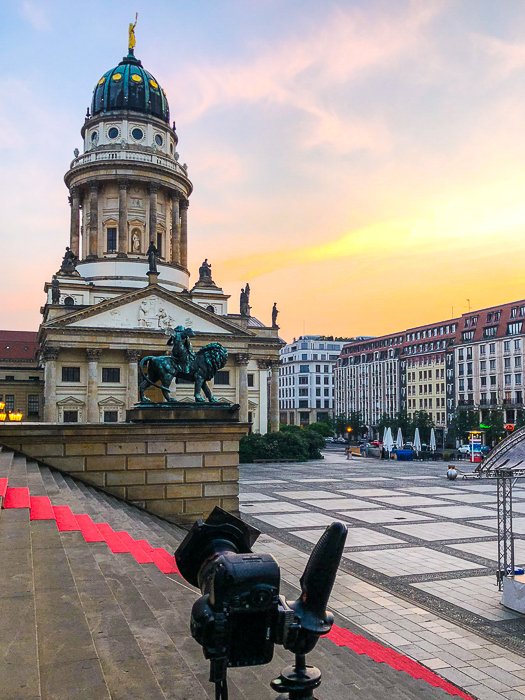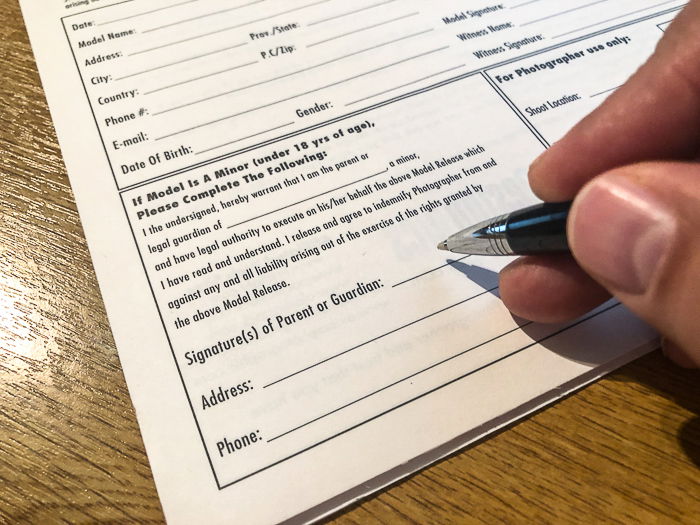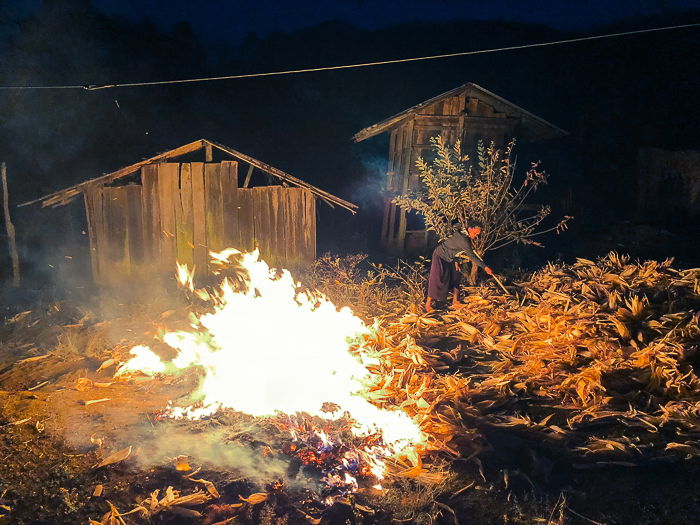There have never been as many different ways of selling your photographs as there are today. You can sell directly to clients, as prints or even as sponsored posts on social media.
The most common way to make money from your images is to sell stock photos.
Here are 12 tips on how you can maximise your stock photography income with photos that sell.
Photos That Sell: What Are Stock Photographs?
So you want to take stock photos that sell. Then it’s important to understand what stock photos are
A stock photo is an image that someone can buy rights to. Usually, this will be from a stock agency. Once purchased, the client can use that image as per the terms of the rights they have bought.
The likes of Getty, Alamy, Shutterstock and Dreamstime are some of the biggest around.
You as the photographer supply images to these agencies. And they market them to potential clients who might then buy rights to use them.
Once a sale happens, you get a percentage of the value as commission.
The important thing to remember is that the photo still belongs to you. All that happens is that someone pays you for permission to use it.
The sale value will vary depending on things like intended use, timeframe and how many people will see it.
For example, an image on the front cover of a book will earn more than a small thumbnail image on a website.

Getting to Know Your Market
The first step to selling stock photos is to know your market. There are so many different genres of photography and it will be very difficult to try to master them all.
There’s a big difference between food stock photography and lifestyle stock shots of people.
You will need to research current trends and what clients are looking for. Look through magazines, read trade newspapers and even attend trade shows.
This will all help you get a feeling of the type of photos that clients are using. You can also speak to your stock agencies about what needs they have.

How to Find the Right Agency
There are so many agencies around these days. They are all different in what they specialise in, the commission they pay, the clients they have and so on. Finding the right agency at the start is key to selling stock photos.
Before signing up to any agency it’s worth spending a bit of time researching what is right for you and your images.
- Are you happy earning a few cents per image?
- Or would you prefer to not make as many sales but when you do they are bigger value sales?
- Can you handle an editor only choosing a small selection of the hundreds of images you submit?
- Or do you want to get everything uploaded to sell?
You need to consider these before committing your images to an agency. Because once you have, you will often have to give a lengthy notice before you can move your photos to someone else.
Most agencies will have a contributor page with all the information that you will need. So check that you are happy with it all and that your equipment meets their specifications.
Some agencies will only accept photos from a certain level of DSLR.

Planning Your Shoot With a Shot List
This applies to all stock types. From travel photos, seasonal stock shots, portraits to wildlife. The best way to maximise your output is to have a plan.
And by that we mean, we shot list. This is how you will make a list of everything you want to capture from the shoot.
For travel photography, this might give you a list of places and things to photograph. For food photography, it might be a list of dishes or even cooking techniques.
You can even use it for a product photography shoot. It will help determine all the angles and scenarios you need to cover.

Why You Should Set Some Time Aside Specifically for Stock Photography
One of the first realities of travel photography is that you can’t do it on holiday.
Being able to take photos at the best time often requires persistence and patience. These are not luxuries you have on a family holiday.
To be able to sell stock photos you need to dedicate time to do it well.
Set aside a few hours on a given day for stock photos. Don’t do it as you go. You’ll end up with little to no photos.

Why Shoot With the End Product in Mind
It’s easy to forget that the aim of stock photos is for clients to use them. Think of it like a commissioned photo shoot.
You’re not taking photos for yourself, but photos your potential clients will want.
If you are photographing a landmark, placing it in the middle of the image will mean that it is unlikely to be used as a magazine double page spread.
In this scenario, you will be better placing it on the right or left-hand side of the frame.
Or another example is if you take a horizontal shot. It is less likely that a client will use that for a front cover than a vertical shot.

You should try to cover any eventuality where you could see the photo being used.
The last thing that you would want is to miss out on a sale because you don’t have the right crop of the image.

Why It’s Important to Only Show Your Best Work
There is so much competition these days for stock photos. As a result, you need to ensure that your images stand out from the crowd. So any stock photos you put up for sale should be the best that they can be.
That means trying to capture them in the best possible light, composed well and executed perfectly. Don’t settle for a mediocre photo if you can capture a better one.
Selling stock photos is a numbers’ game. The more images you have on sale the more you are likely to make sales. But the key is quality over quantity.
You could have thousands of photos but if they are not of a high standard then they are unlikely to sell.

Make Sure You Cover a Range of Topics
To make any sort of significant money from stock photography these days you will need a wide coverage of topics and scenarios in your chosen field.
In travel photography, if you are planning a sunset shot, try to cover any other things off your shot list in the same area. This could be stock photos of people, local dishes or even close-ups of objects or architecture.
Try to research what the most common topics or scenarios in your genre are. Then build them into your shot list.

Why You Should Follow Current Trends
If you want to maximise your stock photography income, then often you have to treat it as a separate business. Photographing things you like in the style that you like may not earn you as much as photographing based on the current trends.
A good example of this is within the travel industry. Generally, photos taken on clear days with beautiful sunshine sell better than moody or stormy skies.
If you think about it, it makes sense. Who would want to go on holiday to that paradise island during a storm? Even though a dramatic and striking stormy sky and sea might look great, it won’t be what the market wants.

Should You Ask for a Model Release
In simple terms, any photograph that includes a person who can be recognised in it will need a model release for commercial use. But it won’t need a model release form for editorial use.
Besides a model release form, there is also a property release form as well. A property release form covers you for commercial use of a photo on private property.
Simply put, an image with a model or property release has a better chance of selling than one without one.

Why Post-Processing Stock Photos Is Different
Keep in mind that you want a potential client who sees that image to be wowed and go ahead and buy it for their needs. So if you have to boost contrast, saturation or vibrancy, do so.
You can always post-process personal projects to your liking. But even if you don’t do anything to your photos, at the very least you should ensure that they are straight, cropped well and there are no dust particles.
You should also check each image at 100% zoomed in (i.e. real size) to check for things like chromatic aberration and sharpness. If you do post-process your photos, make sure that you do it in a way to enhance the image.
The key is to make any post-processing look natural. Too much and your image will look fake and will not work.

Why You Should Add Keywords and Descriptions
Once your images are ready to send, you will need to add in the vital bits of information to help people find that image. These are things like keywords and a description of what is happening in the photo.
Every agency will have its own procedure for what you need to provide and what they will do in-house. Some agencies will only need you to fill in the description of the photo. They will then add the keywords.
Others, such as Alamy, want you to add the keywords in as well.
Either way, keywords are vital. Even the most stunning photo won’t sell if no one can find it.

Conclusion
Stock photography is a long term game. This is an industry that is over-saturated with images with declining sales prices.
This isn’t meant to discourage you but rather help you manage your expectations.
Create a good business plan, do your research and keep a long-term view. This way you will be able to maximise your income from it.


